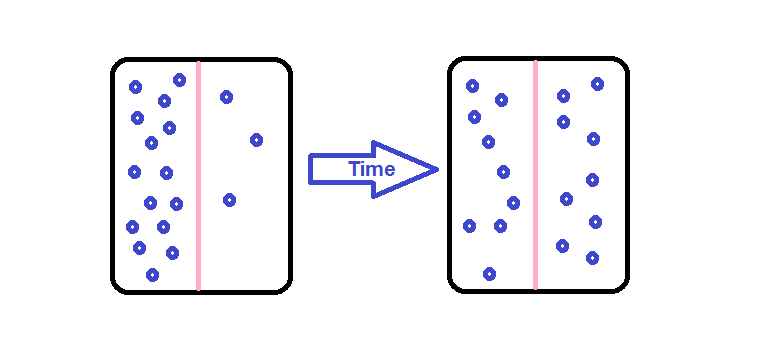In this lab, we asked the question, "Can macromolecules be identified in an egg cell?". We found that in the egg memebrane, one of the macromolcules present was lipids. The reason we found that lipids are inside the membrane was because of the indicators that we put in. For the lipids, we used Sudane 3, which changed the color from red to orange. This proves that lipids are infact present in the membrane of the egg. Also, we know that lipids should be inside the membrane because a membrane is made of phospholipids. Moving onto the egg white, one of the macromolecules present was proteins. The color changed from clear to white, when using copper sulfate. Since there is a color change, we know that proteins are present. Also, we know that proteins are supposed to be in the egg white because the enzymes help with the process of growth and development. Finally, when we tested for macromolecules inside the yolk, we found that monosaccharides were present. When I added the Benedict solution to the egg yolk, the color changed from turquoise blue to green blue. This shows that monosaccharides are present. The reason that macromolecules are inside the egg yolk is for energy. The yolk needs the energy to carry out the functions of the cell.
One possible error that could have occurred in the experiment is the amount of drops of each solution that is put in. For example, if someone puts more of the Benedict solution inside one of the test tubes. This could have affected the experiment because then there would be more pigment change in one of the test tubes, making the observations and ratings different. This would throw of the data. Another error that could have occurred is the egg was not separated properly into the three test tubes. For example, the egg membrane could have mixed with the yolk and when the solution was added there could have been an extra color change. This would tell the analyzer that there is that macromolecule in the yolk, when the macromolecule was not supposed to be found there. One recommendation that could improve the experimental procedure is being more careful with the droppers and the amount that is supposed to be put in the test tubes. Another recommendation could be when you are separating the egg yolk, you can use a strainer to get only the yolk.
The purpose of this lab is to show what macromolecules are used in different parts of the cell. This lab relates to what we have done in class because we have learned about the macromolecules and where they are used inside a regular cell and the lab was done to show where the macromolecules in a egg are located. The outcome from this lab could be applied to other things like understanding the reason of why macromolecules are found where they are in a cell.

